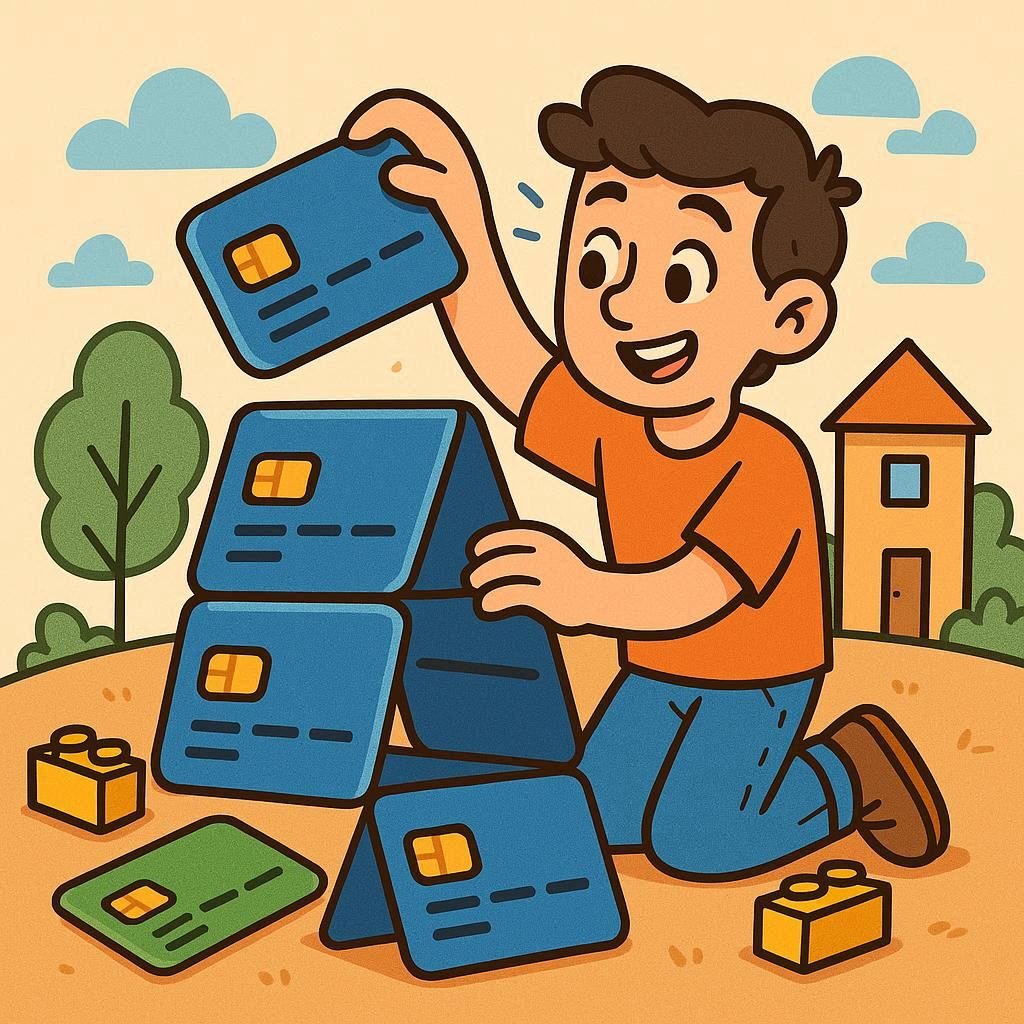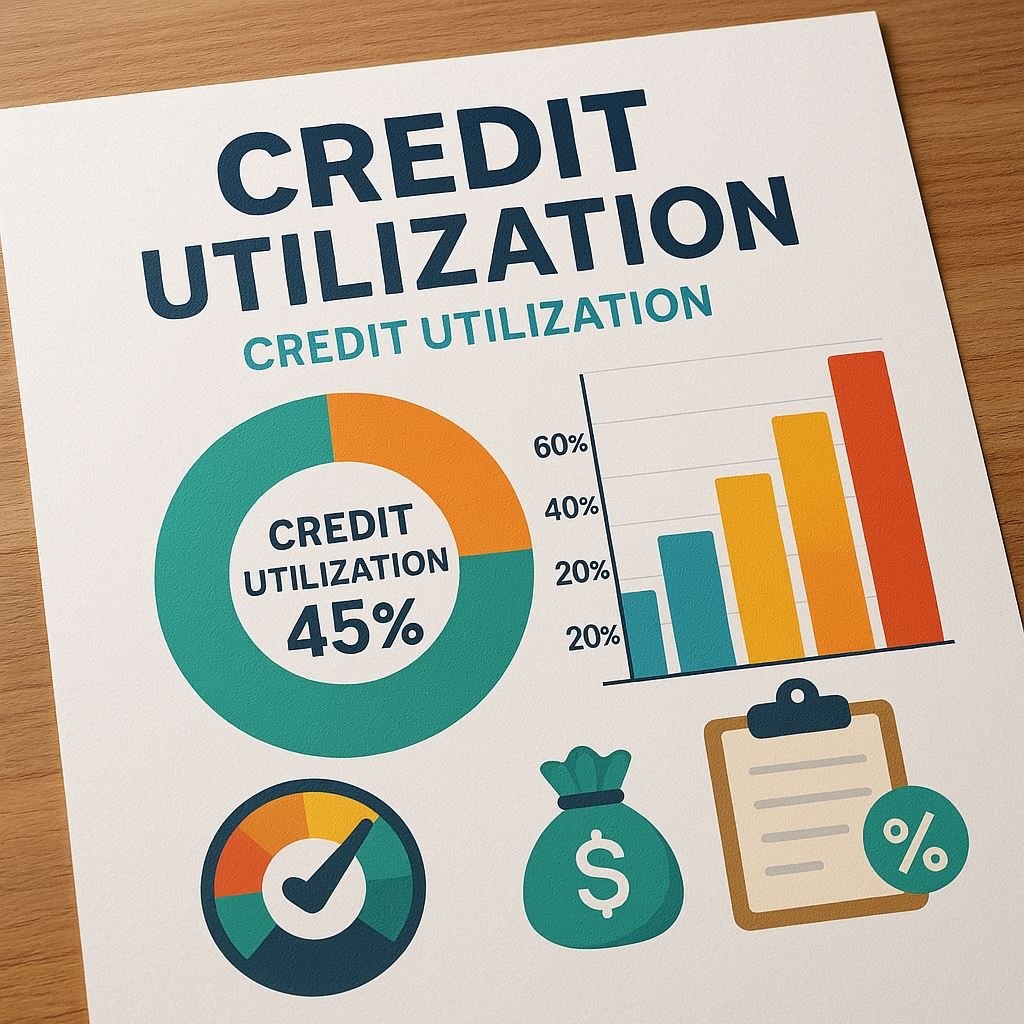If you’re brand new to credit, good news: you don’t need tricks or money you don’t have. You just need one simple plan and a few months of patience. This guide walks you through opening your first account, using it safely, and building momentum toward a strong score.
What Actually Builds Your Score
Knowing what matters keeps you focused and calm. Most scoring models look at:
- On-time payments (the #1 factor). One late payment can sting for years.
- Credit utilization (how much of your limit you’re using). Lower is better; aim under 30%, ideally under 10%.
- Length of history (how long you’ve had accounts). Your first account is incredibly valuable—keep it open.
- New credit (recent applications). Too many new accounts at once can temporarily lower your score.
- Mix of credit (cards + loans). Not required at first—focus on one good starter account.
Step 1: Open a Starter Account
Pick one of these beginner-friendly options. You only need one to start.
- Secured credit card: You put down a refundable deposit (often $200–$500). That deposit becomes your credit limit. Use it like a normal card; pay in full each month. After 6–12 months of on-time payments, many banks will upgrade you and return your deposit.
- Credit-builder loan: A small loan held in a locked savings account while you “repay” it over 6–24 months. Your payments are reported to the credit bureaus, and the money unlocks at the end (minus interest). Great if you prefer not to use a credit card yet.
- Authorized user: A trusted family member or partner with great credit adds you to their card. Their positive history can help you—as long as they keep utilization low and pay on time. You don’t even need to use the card; the reporting still counts.
Step 2: Use It Like Training Wheels
Your first goal isn’t rewards; it’s data—months of perfect, boring on-time payments.
- Charge one or two small recurring bills (think: $10–$50). Examples: music streaming, your cell phone insurance add-on, a gym membership.
- Set up autopay for the full statement balance. This avoids late fees and builds a flawless payment history.
- Keep utilization low: If your limit is $300, try not to let your balance report above $90. Paying mid-cycle can help keep the reported balance low.
- Avoid cash advances and carrying balances. Interest is expensive and unnecessary at this stage.
Step 3: Build a Simple Monthly Routine
Consistency beats intensity. Put this on your calendar:
- Week 1: Let a small charge hit your card (your chosen recurring bill).
- Week 2: Log in and check your balance. If it’s creeping up, make a quick extra payment.
- Week 3: Statement cuts—confirm autopay is set to pay in full.
- Week 4: Glance at transactions for fraud and file any disputes fast.
This 5-minute loop trains great habits and protects your score.
Step 4: Layer Wisely After 6–12 Months
Once you’ve stacked 6–12 months of on-time payments, consider one upgrade:
- Graduate your secured card to an unsecured card (often with a higher limit).
- Add a second card from a different issuer for flexibility and more total limit (which can help utilization).
- Avoid store cards unless you truly shop there often; they can have low limits and high APRs that don’t grow with you.
Space new applications by 3–6 months to minimize hard inquiries clustering on your report.
Common First-Timer Mistakes to Avoid
- Paying late even once. Set autopay on day one and add a calendar reminder 3 days before due dates.
- Maxing out the card. Scores are sensitive to high utilization—even if you pay in full. Keep balances small and pay early when needed.
- Closing your first account. Your oldest line helps your score for decades. Keep it open and fee-free.
- Applying for too much credit too fast. Each hard inquiry can temporarily lower your score. Slow and steady wins.
How to Track Your Progress (Free)
Pull your credit reports regularly to make sure your new account is reporting and there are no surprises. You’re entitled to free reports, and the Consumer Financial Protection Bureau has a clear guide on how to get them and what to look for. Read it here: CFPB: Credit reports & scores.
Quick Setup Checklist
- Pick one starter product (secured card, credit-builder loan, or authorized user).
- Add one small recurring bill to it.
- Turn on autopay in full and calendar reminders.
- Keep utilization under 30% (under 10% is excellent).
- Stick with it for 6–12 months, then consider a second, higher-limit card.
Bottom line: Building credit for the first time is about doing a few simple things right—every month. Start small, automate everything you can, and give it time. Your future self (and your future interest rates) will thank you.





